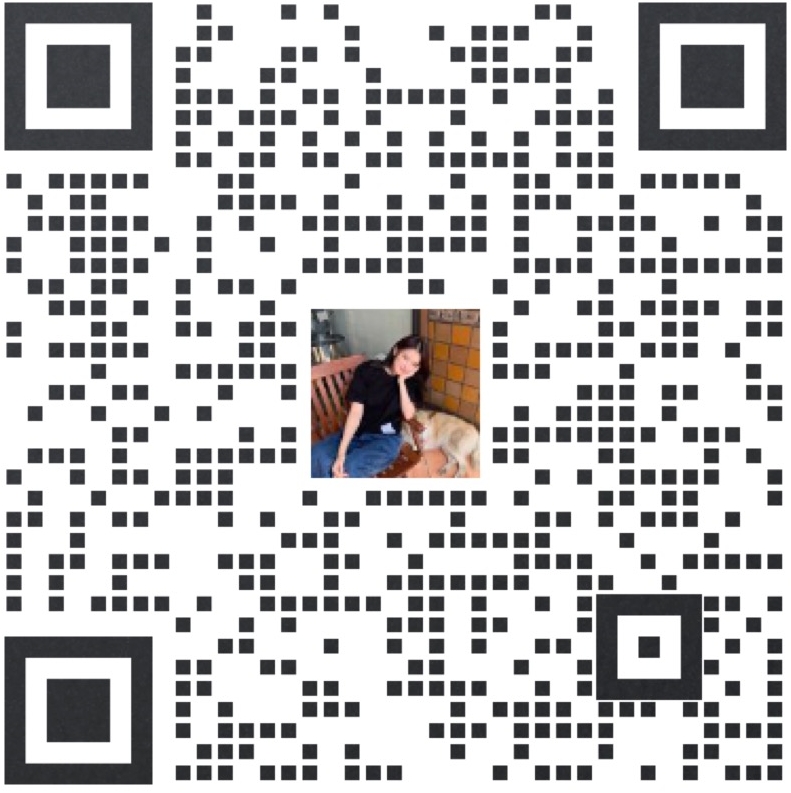音频科普:以冰制冰的防冻剂
音频科普:以冰制冰的防冻剂
Patterning a surface with tiny stripes of ice prevents frost formation on the rest of the surface—a technique that could keep planes or roads frost-free.在物体表面上纹上结的细小冰条能避免物体的其余位置继续结冰——这是避免飞机或路面结冰的技术手段。
撰文\播音:克里斯托弗·因塔利亚塔(Christopher Intagliata)
翻译:陈美娟
Every year, 20 million tons of salt are dumped on roads and highways across the U.S. to eliminate ice. And airlines spray up to 1,000 gallons of antifreeze on any one plane to de-ice it. But now scientists have come up with what might be a more environmentally friendly alternative.
在美国,每年有2000万吨的盐被撒在路面和高速路上用来融冰。航空公司在飞机上喷洒多达1000加仑的抗凝剂来除冰。但如今科学家已经想到了一个可以代替这种方式的环保手段了。
"We've often heard the expression, 'It's time to fight fire with fire.' Well I think now it's time to fight ice with ice." Jonathan Boreyko studies fluid mechanics at Virginia Tech.
“我们经常听到这样的说法,‘是时候以毒攻毒了’。然而我想说的是,现在是时候以冰制冰了。”在弗吉尼亚科技大学研究流体力学的乔纳森·柏瑞科(Jonathan Boreyko)说。
And what he means by that is: if ice growth is inevitable, why not design certain areas of plane wings or roads or HVAC systems specifically to attract ice…to control the chaos, and keep ice-forming moisture away from the rest of the surface? Use ice itself…as antifreeze?
他的意思是:如果结冰无法避免,为什么不在机翼,路面,或是暖通空调系统上设计出的一块专门诱使冰形成的区域呢?以此来控制这种无序状况,并且让形成冰必需的水分远离这块区域呢?要是把冰当作抗凝剂会怎么样?
To test the idea, he and his team used lasers to cut tiny grooves into aluminum surfaces. Those grooves, once filled with water and frozen, turned into tiny stripes of ice, which indeed kept the rest of the surface 80 to 90 percent frost-free, even in incredibly humid cold air.
为了检测这个想法的可行性,他与团队成员用激光将铝表面刻出诸多小凹槽。一旦那些凹槽里填满了水并加以冰冻,就会形成细小条的冰,让铝面80%到90%的剩余部分保持无冰状态,即使使用潮湿冷空气也能得到这样的结果。
"What's happening is the ice striped areas are just so attractive to the moisture, that it kind of tractor beams all the moisture that's going to the surface towards the striped regions preferentially, such that the intermediate areas, if you design it right, just stay completely dry."
“这个现象是,冰条覆盖的区域吸引水分的能力很强,以至于能够优先将铝面上方经过的水分牵引到冰纹区,如果设计得当的话,中间无冰区能够保持完全干燥。”
The results—and some cool time-lapse videos—are in the journal ACS Applied Materials & Interfaces. [S. Farzad Ahmadi et al., Passive Antifrosting Surfaces Using Microscopic Ice Patterns]
这项研究结果以及一些延时视频发表在《美国化学学会应用材料与界面》杂志上。
Boreyko and his team have already patented the tech. If it proves viable after more R&D, it might make our wintertime fight against frost a lot more environmentally friendly.
柏瑞科与他的团队已经为这项技术申请了专利。如果经历更多研发证实它的可行性的话,就能让我们冬天的抗冰措施更加环保了。
关注【深圳科普】微信公众号,在对话框:
回复【最新活动】,了解近期科普活动
回复【科普行】,了解最新深圳科普行活动
回复【研学营】,了解最新科普研学营
回复【科普课堂】,了解最新科普课堂
回复【科普书籍】,了解最新科普书籍
回复【团体定制】,了解最新团体定制活动
回复【科普基地】,了解深圳科普基地详情
回复【观鸟知识】,学习观鸟相关科普知识
回复【博物学院】,了解更多博物学院活动详情
Patterning a surface with tiny stripes of ice prevents frost formation on the rest of the surface—a technique that could keep planes or roads frost-free.在物体表面上纹上结的细小冰条能避免物体的其余位置继续结冰——这是避免飞机或路面结冰的技术手段。
撰文\播音:克里斯托弗·因塔利亚塔(Christopher Intagliata)
翻译:陈美娟
Every year, 20 million tons of salt are dumped on roads and highways across the U.S. to eliminate ice. And airlines spray up to 1,000 gallons of antifreeze on any one plane to de-ice it. But now scientists have come up with what might be a more environmentally friendly alternative.
在美国,每年有2000万吨的盐被撒在路面和高速路上用来融冰。航空公司在飞机上喷洒多达1000加仑的抗凝剂来除冰。但如今科学家已经想到了一个可以代替这种方式的环保手段了。
"We've often heard the expression, 'It's time to fight fire with fire.' Well I think now it's time to fight ice with ice." Jonathan Boreyko studies fluid mechanics at Virginia Tech.
“我们经常听到这样的说法,‘是时候以毒攻毒了’。然而我想说的是,现在是时候以冰制冰了。”在弗吉尼亚科技大学研究流体力学的乔纳森·柏瑞科(Jonathan Boreyko)说。
And what he means by that is: if ice growth is inevitable, why not design certain areas of plane wings or roads or HVAC systems specifically to attract ice…to control the chaos, and keep ice-forming moisture away from the rest of the surface? Use ice itself…as antifreeze?
他的意思是:如果结冰无法避免,为什么不在机翼,路面,或是暖通空调系统上设计出的一块专门诱使冰形成的区域呢?以此来控制这种无序状况,并且让形成冰必需的水分远离这块区域呢?要是把冰当作抗凝剂会怎么样?
To test the idea, he and his team used lasers to cut tiny grooves into aluminum surfaces. Those grooves, once filled with water and frozen, turned into tiny stripes of ice, which indeed kept the rest of the surface 80 to 90 percent frost-free, even in incredibly humid cold air.
为了检测这个想法的可行性,他与团队成员用激光将铝表面刻出诸多小凹槽。一旦那些凹槽里填满了水并加以冰冻,就会形成细小条的冰,让铝面80%到90%的剩余部分保持无冰状态,即使使用潮湿冷空气也能得到这样的结果。
"What's happening is the ice striped areas are just so attractive to the moisture, that it kind of tractor beams all the moisture that's going to the surface towards the striped regions preferentially, such that the intermediate areas, if you design it right, just stay completely dry."
“这个现象是,冰条覆盖的区域吸引水分的能力很强,以至于能够优先将铝面上方经过的水分牵引到冰纹区,如果设计得当的话,中间无冰区能够保持完全干燥。”
The results—and some cool time-lapse videos—are in the journal ACS Applied Materials & Interfaces. [S. Farzad Ahmadi et al., Passive Antifrosting Surfaces Using Microscopic Ice Patterns]
这项研究结果以及一些延时视频发表在《美国化学学会应用材料与界面》杂志上。
Boreyko and his team have already patented the tech. If it proves viable after more R&D, it might make our wintertime fight against frost a lot more environmentally friendly.
柏瑞科与他的团队已经为这项技术申请了专利。如果经历更多研发证实它的可行性的话,就能让我们冬天的抗冰措施更加环保了。
关注【深圳科普】微信公众号,在对话框:
回复【最新活动】,了解近期科普活动
回复【科普行】,了解最新深圳科普行活动
回复【研学营】,了解最新科普研学营
回复【科普课堂】,了解最新科普课堂
回复【科普书籍】,了解最新科普书籍
回复【团体定制】,了解最新团体定制活动
回复【科普基地】,了解深圳科普基地详情
回复【观鸟知识】,学习观鸟相关科普知识
回复【博物学院】,了解更多博物学院活动详情

做科普,我们是认真的!
扫描关注深i科普公众号
加入科普活动群

- 参加最新科普活动
- 认识科普小朋友
- 成为科学小记者
上一篇:音频科普:当中子星发生碰撞
 会员登录
会员登录
















 深圳市龙华区玉翠社区高坳新村小广场
深圳市龙华区玉翠社区高坳新村小广场







